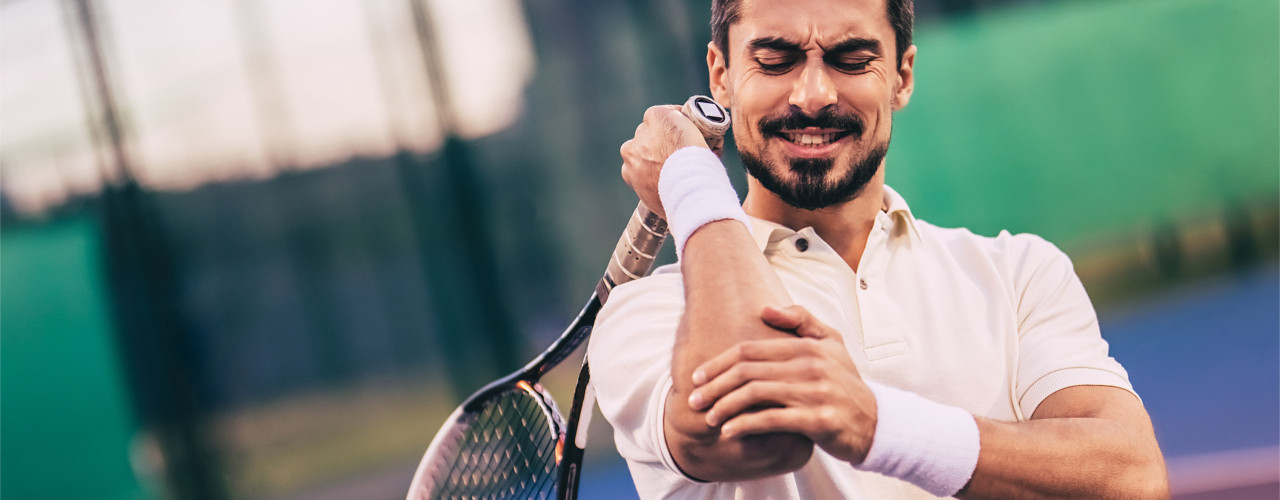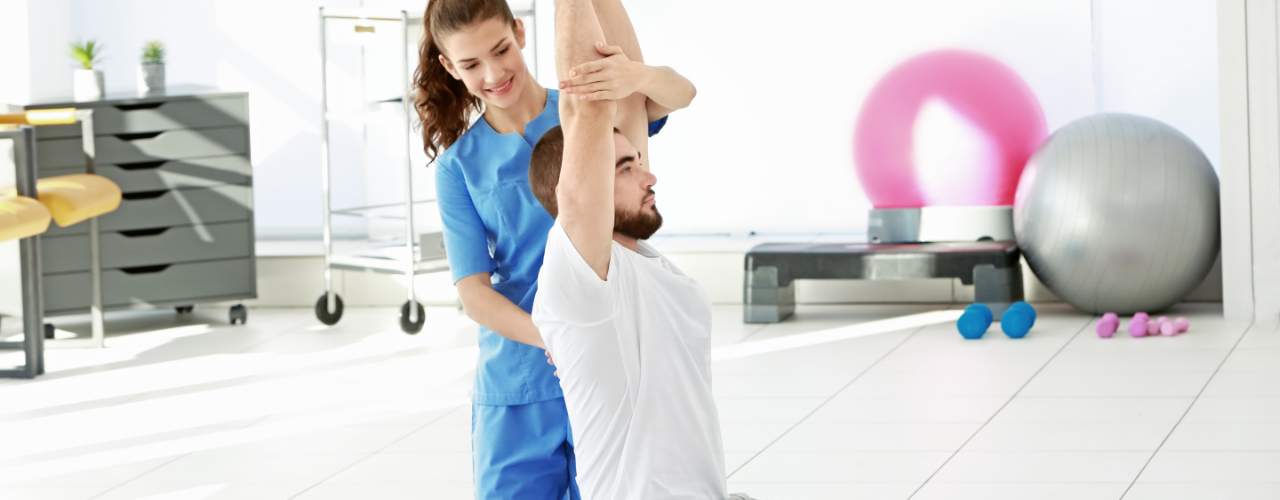Ready to Get Back in the Game?
Physical Therapy Has You Covered
A sports injury can happen to anyone participating in physical activity, whether you’re training for an athletic trial or simply working to enhance your skills. At Full Potential Physical Therapy, we are dedicated to effectively treating your sports injury so you can get back to doing what matters most – returning to your sport!
For more information on how we can help you recover from your sports injury and prevent future injuries from occurring, contact our Holland, MI physical therapy office to schedule your consultation!
Physical Therapy and Sports Injuries

Our physical therapists in Holland, MI are movement specialists, fully equipped in creating the best-personalized treatment plan for your needs. At your initial appointment, you will undergo a comprehensive evaluation to assess your injury. This helps us decide the best course of action for treatment.
Some diagnostic tests, such as an X-ray, ultrasound, or MRI may be recommended, in order to determine the root cause of your pain, so we can come to the best possible solution for your recovery.
Treatment plans take into account the nature of your injury, your lifestyle, your fitness level, and any health risks you may have. They typically consist of strengthening exercises, stretches, and manual therapy, as described below:
- Manual therapy – used to increase your range of motion and reduce scar tissue.
- Stretches – used to improve balance and mobility.
- Strengthening exercises – used to enhance the injured and surrounding areas.
These are all done in order to help you recover after your sports injury and to prevent further injury from occurring in the future.
Do You Have Any of These Injuries?
It is possible for any number of injuries to occur during athletic activity. However, the 4 most common sports injuries include:
Strains or Pulled Muscles
Your muscles and bones are connected by tendons. When a tendon is stretched beyond its limit, a strain or “pulled muscle” can occur. Once the tendon is stretched, it is more likely that the affected area will be strained again in the future.
Sprains
Your bones are connected to one another by ligaments. When a ligament is stretched beyond its limits, a sprain can occur. Once the ligament is stretched, it is more likely that the affected area will be sprained again in the future.
Knee Injuries
Did you know your knee is the most complex joint in your body? While this means that it has the ability to accomplish numerous physical feats, it also means that it is one of the most commonly injured body parts. Knee injuries may include a dull ache that runs from your hip to your knee, repetitive-use injuries that make it difficult to move your knee, or more severe injuries such as an ACL tear that may require intensive rehabilitation or surgical correction.
Shin Splints
Medial tibial stress syndrome, also known as shin splints, is a pain that can be felt within the shin bones, which are located at the front of your leg. This pain occurs when excessive stress is placed on the shinbone and the connective tissues surrounding it. Shin splints often leave you feeling debilitated and limited; however, they can be avoided by wearing proper footwear, strengthening your core and leg muscles, and warming up before exercise.
How Did My Sports Injury Develop?
“Sports injury” is a term that can be used to describe any injury sustained while exercising or performing some sort of athletic activity. There are two ways in which sports injuries can occur: suddenly, such as one football player colliding with another, or over time, through repetitive motions, such as improperly lifting heavy weights at the gym or running in ill-fitted shoes. Simply put, anything that results in pain while performing physical activity can be considered a sports injury.
Whether you rolled your ankle on the soccer field, swung your bat too aggressively on the baseball diamond, or strained your back while hiking your favorite trail, Full Potential Physical Therapy can help you find relief. Your treatment plan will be dependent upon the nature of your injury, your health history, and whether or not the injury requires surgical intervention. If you’ve sustained a sports injury, please contact us as soon as possible. Any injury left untreated can become more severe over time.
Related Case Studies
“Physical therapy helped me improve 100%, and I am feeling good running.”
Return to Your Sport With Us!
If your injury is preventing you from performing your sport the way you want, contact Full Potential Physical Therapy today in Holland, MI! We’ll get you started on the first steps toward recovery so you can get back in the game!
A Better Life is Only Four Steps Away
Physical therapy can be an unfamiliar experience for many. To orient new patients to the process, we have divided their rehab journey into four segments called “The Four Phases of Getting Better.” It is important to note that while there are four phases utilized over the course of your care, they are not totally separate. They move gradually toward greater strengthening and function, which is the end goal to return confidently to the life you desire to live.
1
Pain Relief
The first focus in getting better is pain relief. After your evaluation, your physical therapist will use hands-on techniques or manual therapy, light therapeutic exercise, and education on how to modify your activity and posture in order to give you more control over your pain. In this stage, modalities like ice, heat, myofascial release, electric stimulation and kinesiotape may be used.
2
Improve Mobility/Flexibility
The second step in this method is to improve mobility and flexibility. Your therapist will design a progressive program of range of motion and light stretching to restore mobility and reduce pain.
3
Improve Strength/Control
In the third step of this method, muscle weakness will be addressed to help you maintain the gains and momentum you achieve through phases one and two. A thorough strengthening process is the step that gives results that last, and this will prepare you for more functional training – the final step.
4
Functional Training
Now that your pain is resolved and you have the necessary mobility and strength, your program can be advanced into functional training. Whether you are returning to work, returning to life after post-op rehabilitation, getting back into recreation or sports, or simply returning to the activities of daily life, this step helps ensure your success after graduation and empowers you to be confident in your abilities again.

Reach Your Full Potential & Live Pain-Free!
Book A Free Consultation
Book a Free Consultation Today to Find Out How Physical Therapy Can Help You Find Relief!
request an appointment
Reach Your Full Potential and Live Life Pain-Free! Request an Appointment to Get Started Today!






